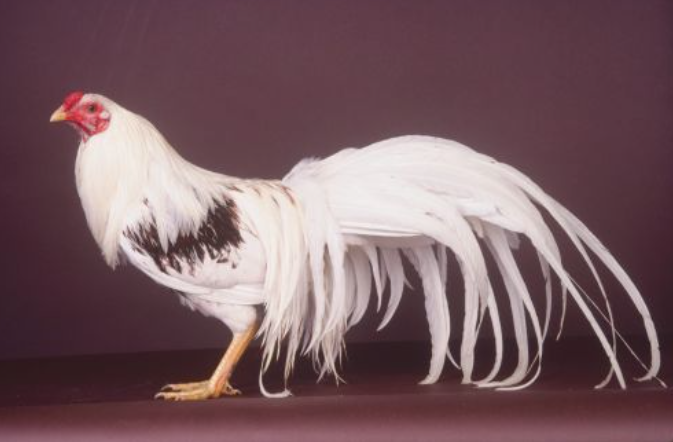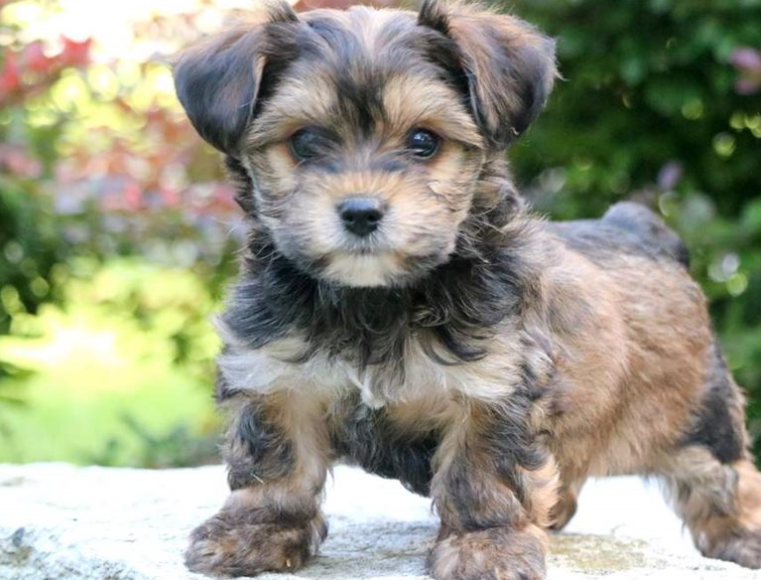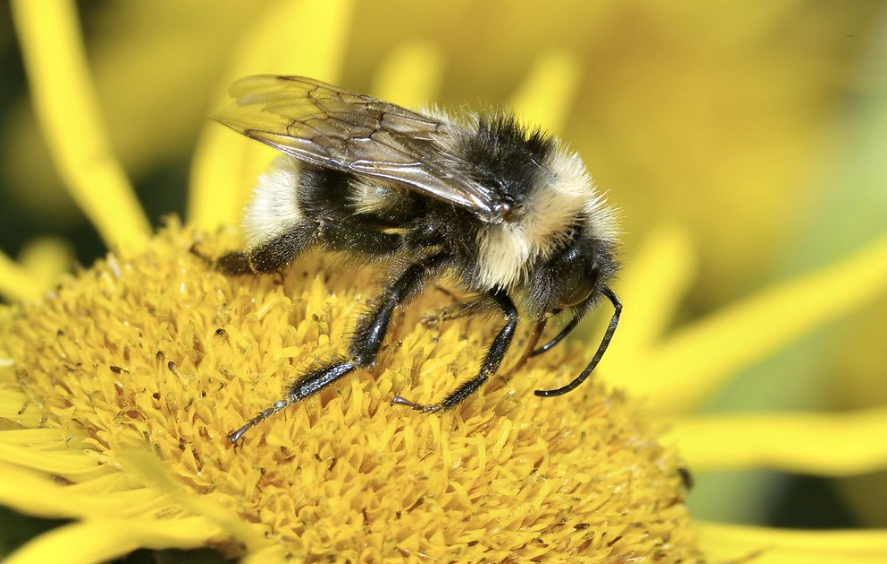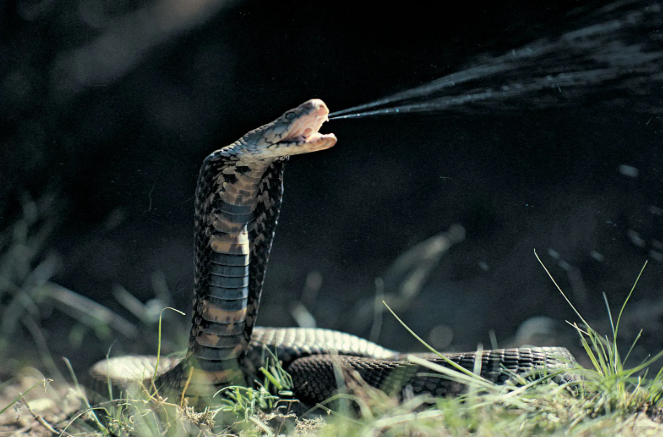
Spitting Cobra: An Exceptional Predator of the Serpent World
The spitting cobra is one of the most fascinating and dangerous snakes in the world, known for its unique ability to project venom with great accuracy. Belonging to the genus Naja, which includes several species of cobras, the spitting cobra is found primarily in Africa and Asia. In this article, we will explore the spitting cobra’s physical characteristics, venomous capabilities, behavior, habitat, and the role it plays in its ecosystem, as well as the threats it faces.
Physical Characteristics of the Spitting Cobra
Spitting cobras, while exhibiting many of the characteristics typical of other cobras, have some distinctive features that make them stand out among their kin. These snakes are venomous and capable of spitting their venom to defend themselves or capture prey. Let’s take a deeper look into their physical features:
Size and Shape
Spitting cobras are medium to large-sized snakes, with lengths typically ranging from 1 to 2 meters (3 to 6 feet), depending on the species. Some species, such as the black-necked spitting cobra (Naja nigricollis), can grow even larger, reaching up to 2.5 meters (8 feet). They have long, slender bodies that allow them to move quickly and efficiently across the ground. Their slender shape aids in their ability to hide in burrows or crevices, making them elusive predators.
Hood and Venomous Teeth
Like all cobras, spitting cobras possess a hood, which is formed when the snake flares the ribs behind its head. This display is typically used as a defense mechanism to make the cobra appear larger and more intimidating. When the hood is expanded, the snake’s neck becomes more pronounced, and it can present a striking display, especially when threatened. The venomous fangs of spitting cobras are specially adapted for spitting venom. These fangs are long and hollow, allowing the snake to inject venom into prey or, in defense situations, spray venom with remarkable precision.
Coloration
Spitting cobras exhibit a wide range of coloration, from the dark, blackish tones of the black-necked spitting cobra to the yellowish or brownish hues of species like the Sierra Leone spitting cobra (Naja melanoleuca). Some species have distinctive markings, including banding or spotting, that help them blend into their environments.
The Unique Venom of the Spitting Cobra
One of the most fascinating aspects of the spitting cobra is its ability to spit venom. While many snakes are capable of delivering venom through biting, the spitting cobra has evolved a method of defense and hunting that is quite distinct from other venomous snakes.
Venom Composition
The venom of a spitting cobra is neurotoxic—it affects the nervous system of its prey, causing paralysis and death. The venom is fast-acting, and once injected, it can shut down the nervous system of small mammals, birds, and other animals, rendering them immobile and helpless. The venom contains a mixture of proteins and enzymes that attack the nervous tissue and disrupt normal biological processes. However, the venom’s primary use is not to hunt but rather to deter predators or potential threats.
Spitting Mechanism
Unlike other cobras that rely on bite and venom injection, spitting cobras have developed a spitting mechanism that allows them to project venom up to 2 to 3 meters (6 to 10 feet) away from their bodies with a high degree of accuracy. This unique adaptation is a defensive strategy designed to deter predators from attacking or to incapacitate prey. The spitting cobra aims and spits venom toward the eyes or face of the threat. The venom is delivered with high pressure, and the snake can accurately hit the eyes or face of the attacker. The venom acts as an irritant, causing intense pain, swelling, and in some cases, blindness if it comes into direct contact with the eyes.
Spitting Venom and Its Purpose
The venomous spray is not lethal at first but causes enough discomfort and damage to discourage predators from continuing their attack. The venom is especially dangerous when it enters the eyes of the attacker, causing pain, irritation, and possible permanent blindness if not treated quickly. Spitting cobras will often follow up with a series of spits if they feel threatened, further blinding or incapacitating their attacker and giving them time to retreat.
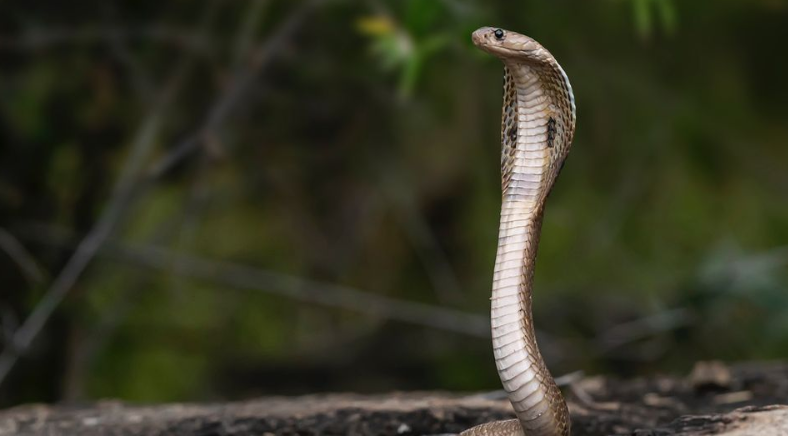
Habitat and Distribution of the Spitting Cobra
Spitting cobras are found in a range of habitats across Africa and Asia, from savannas and grasslands to forests and desert-like environments. Their versatility in habitat selection is one reason they are such a successful and widespread species.
Geographic Range
The black-necked spitting cobra (Naja nigricollis) is one of the most common and widespread species found in sub-Saharan Africa, particularly in countries such as Kenya, Tanzania, and South Africa. Other species of spitting cobras, such as the Sierra Leone spitting cobra and the Indian spitting cobra, can be found in West Africa and parts of Asia. The Indian spitting cobra (Naja naja) is commonly found in India, Sri Lanka, Pakistan, and Bangladesh.
Habitat Preferences
Spitting cobras prefer areas where they can easily access both land and water. They are often found near streams, rivers, wetlands, and other bodies of water, where they hunt for prey and seek shelter. These snakes are known to take refuge in burrows, rock crevices, and tree hollows, which provide them with protection from the elements and predators.
Behavior and Social Structure of Spitting Cobras
Spitting cobras are typically solitary animals, with each individual occupying its own territory. They are generally nocturnal or crepuscular, meaning they are most active during the night or dawn and dusk hours.
Hunting and Feeding
As carnivores, spitting cobras hunt for small vertebrates like mammals, birds, and amphibians, using their venom to immobilize and subdue prey. They rely on their acute sense of smell and vision to locate potential meals, and once prey is spotted, they will quickly strike and inject venom into their victim. Their ability to spit venom also comes in handy when they are defending their kill or protecting their nests from potential threats. This method allows them to keep predators at bay while they feed or rest.
Reproduction and Lifespan
Spitting cobras are oviparous, meaning they lay eggs. After mating, the female will lay a clutch of 10 to 30 eggs in a safe, secure location, such as a burrow or leaf litter. The eggs typically incubate for 2 to 3 months before hatching, and the baby snakes, known as hatchlings, are capable of venomous defense shortly after birth. Spitting cobras can live for 10 to 15 years in the wild, with some species living longer in captivity under optimal conditions.
Threats to the Spitting Cobra
While spitting cobras are highly capable predators, they face various threats in the wild, primarily from human activities.
Habitat Destruction
Urbanization, deforestation, and agriculture are major threats to the spitting cobra’s natural habitat. As forests and grasslands are cleared for development, these snakes are forced into smaller, more fragmented territories, making it difficult for them to find food, shelter, and mates.
Human-Wildlife Conflict
Due to their venomous nature and ability to defend themselves by spitting venom, spitting cobras are often killed by humans who fear them. Snakebites and venomous spitting incidents can cause injuries and deaths, leading to retaliatory killings of these snakes by local populations.
